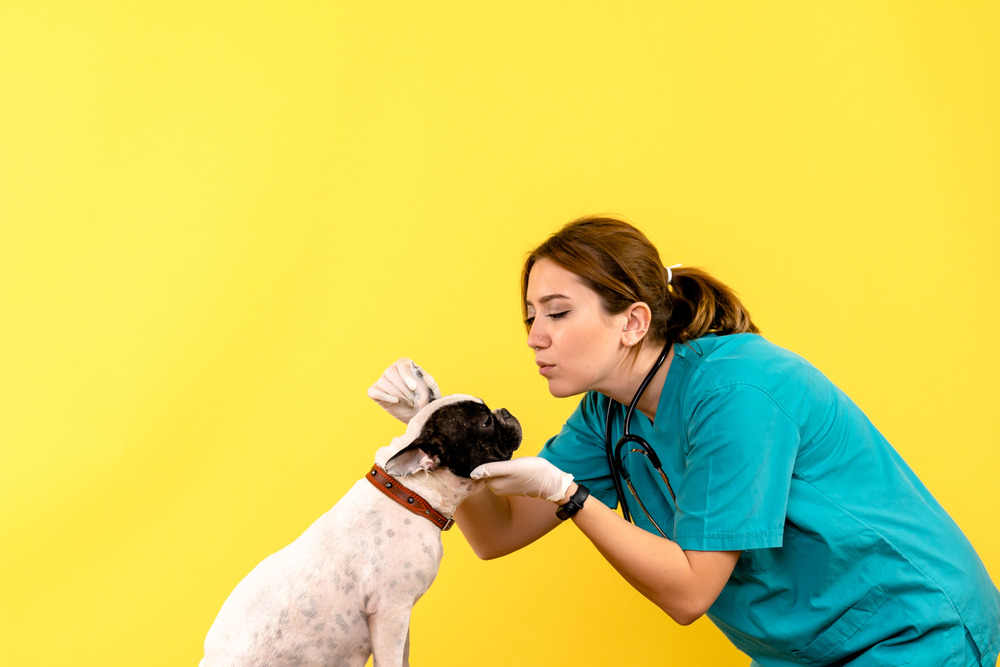As pet owners, we often focus on the number we see on the scale when it comes to our furry friends. However, weight is just one aspect of our pets' overall health. Obesity in pets is a growing concern, with statistics showing that approximately 56% of dogs and 60% of cats in the United States are classified as overweight or obese. This alarming trend can lead to serious health issues, including diabetes, joint problems, and heart disease. 🐾
In this blog, we will explore three crucial checks that go beyond the scale, helping you ensure your pet's health is in tip-top shape. Let’s dive in!

1. Body Condition Score (BCS)
The Body Condition Score (BCS) is a valuable tool that helps assess your pet's body fat percentage. Unlike the scale, which only provides a number, BCS gives a more comprehensive view of your pet's health. The BCS scale typically ranges from 1 to 9, where 1 indicates an emaciated pet and 9 indicates an obese pet. A score of 4 to 5 is considered ideal.
BCS Scale Overview
| BCS Score | Description | Visual Cue |
|---|---|---|
| 1 | Emaciated | 🐶 Very thin, ribs visible |
| 2 | Underweight | 🐱 Ribs easily felt |
| 3 | Ideal weight | 🐾 Ribs felt with slight fat |
| 4 | Overweight | 🐕 Ribs not easily felt |
| 5 | Obese | 🐈 Ribs buried under fat |
To assess your pet's BCS, you can consult your veterinarian or use resources available on websites like PetMD for guidance. Regularly checking your pet's BCS can help you catch weight-related issues before they become serious.
2. Activity Level Assessment
Another critical aspect of your pet's health is their activity level. Obese pets often lead sedentary lifestyles, which can exacerbate their weight issues. Monitoring your pet's activity can provide insights into their overall well-being.
Activity Level Categories
| Activity Level | Description | Example Activities |
|---|---|---|
| Low | Minimal movement | 💤 Sleeping all day |
| Moderate | Some playtime, short walks | 🐕 Short walks, light play |
| High | Active and playful | 🏃♂️ Running, fetch |
According to the Association for Pet Obesity Prevention, pets should engage in at least 30 minutes of exercise daily. You can track your pet's activity using fitness trackers designed for pets, which can be found on sites like Chewy.
3. Nutritional Evaluation
Diet plays a significant role in your pet's weight and overall health. Many pet owners may not realize that the quality of food is just as important as the quantity. Evaluating your pet's diet can help identify potential issues that contribute to obesity.
Nutritional Evaluation Checklist
| Nutritional Aspect | Ideal Characteristics | Common Pitfalls |
|---|---|---|
| Protein | High-quality, animal-based sources | Low-quality fillers |
| Carbohydrates | Whole grains and vegetables | Excessive grains |
| Fats | Healthy fats (omega-3, omega-6) | Trans fats |
| Treats | Limited and healthy options | Overindulgence |
To ensure your pet is receiving a balanced diet, consider consulting with a veterinary nutritionist. Websites like The Association of American Feed Control Officials (AAFCO) provide guidelines on pet food standards that can help you make informed choices.
Conclusion
While the scale is an important tool in monitoring your pet's weight, it is essential to look beyond it. By assessing your pet's Body Condition Score, activity level, and nutritional intake, you can gain a more comprehensive understanding of their health. Remember, a healthy pet is a happy pet! 🐾❤️
Taking these steps not only helps in managing your pet's weight but also enhances their quality of life. Regular check-ups with your veterinarian and staying informed through reliable resources can make a significant difference in your pet's health journey.
So, let’s prioritize our pets’ well-being and ensure they lead long, healthy, and active lives! 🐶✨




